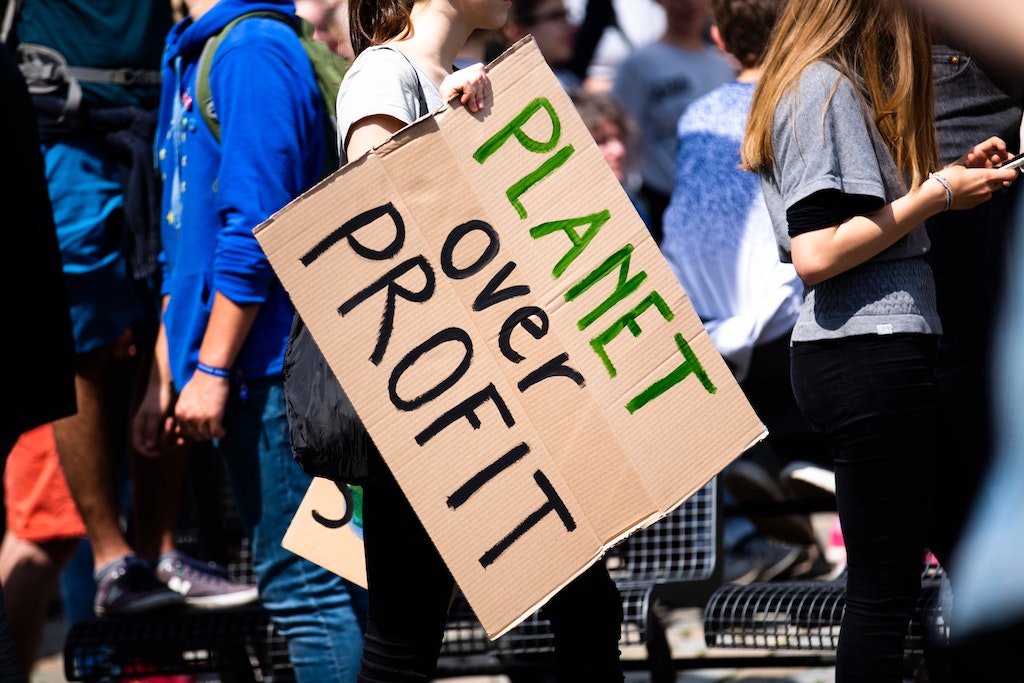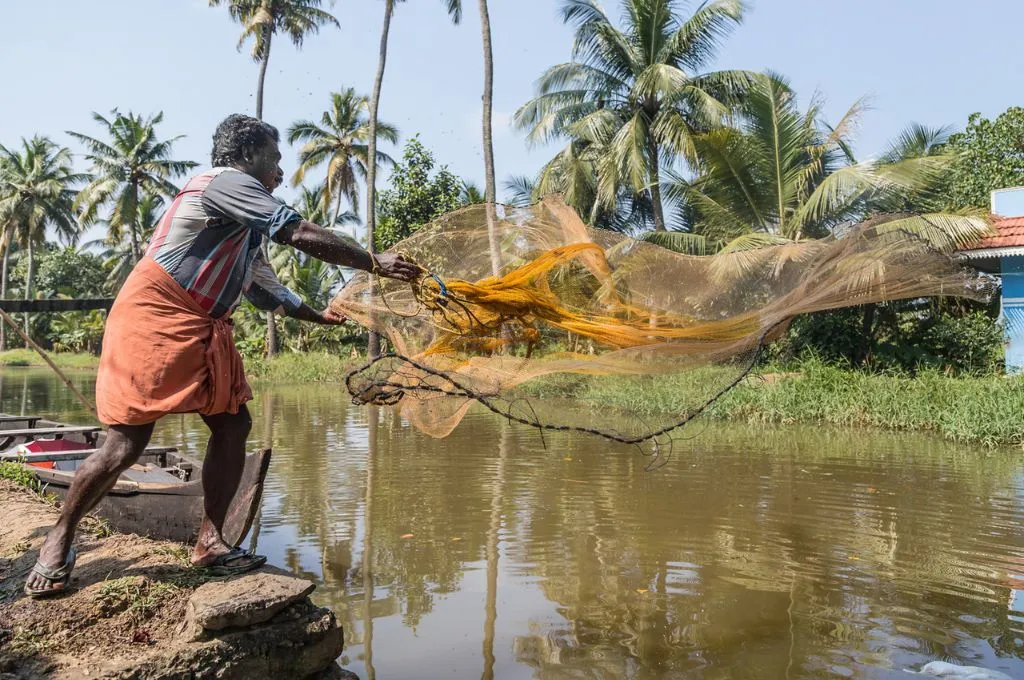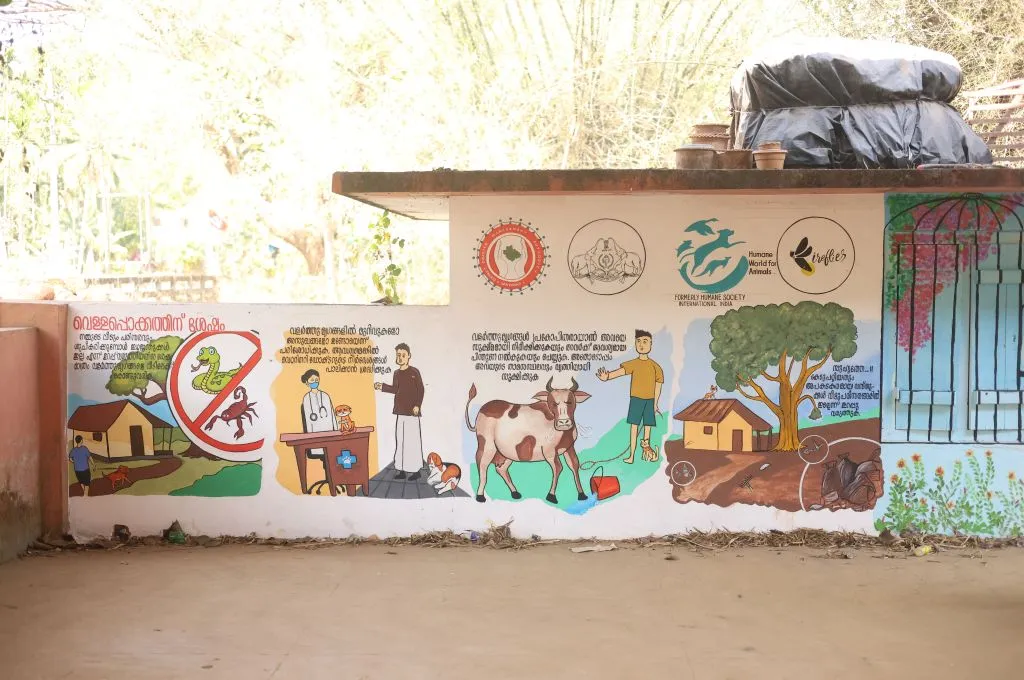2021 is a crucial year for climate change according to the United Nations. As member-states that are a part of the United Nations Framework Convention on Climate Change (UNFCCC), gear up for the 26th Conference of the Parties (COP26) in Glasgow in November, here is a look at some terms essential to the climate change vocabulary in 2021.
1. Climate versus weather
Weather refers to the day-to-day conditions—hot, cold, rainy, windy—in a particular region. While the weather looks at short-term changes in the atmosphere, climate refers to changes in the atmosphere over a long period of time. In that sense, it is the average of weather over time and space. Weather forecasts help in planning short-term human activities that may get impacted by sudden rainfall or changes in temperature. These weather patterns recorded over long periods of time define the climate of that particular area and help people plan their economic activities across seasons.
2. Climate versus environment
The environment encompasses all living and non-living things and the interactions between them. It includes everything around us, both visible and invisible components, such as biology, geography and topography, atmosphere, stratosphere, chemistry, and much more. Climate is defined by the average weather of a specific region and is an important part of the environment. Changes in climate have a direct effect on the environment and vice versa.
3. Climatology or climate science
A region’s cropping patterns, the structure of its homes, as well as the lifestyle and culture of its people, while dependent on various other factors, are also largely influenced by its climate, the study of which is referred to as climatology. Climatology or climate science is a branch of atmospheric sciences that delves into understanding and analysing the Earth’s long-term weather patterns and systems that cause them. This includes examining changes in temperature, water levels, atmospheric pressure, wind speed, and their long-term impact. The discipline came into the limelight with the advent of the Industrial Revolution in Europe and the United States and has since then evolved into various sub-streams, each focusing on different aspects of climate. However, climatology has been rapidly evolving since the beginning of the 21st century, especially with the arrival of big data analytics. The causes of climate change have also been a major focus for climatologists in this millennium.
4. Greenhouse effect
By definition, the term refers to the natural phenomena of trapping heat within a greenhouse—a structure made of glass that houses various plants—to ensure the growth of the plants inside it, especially during cooler weather. The greenhouse effect works in a similar way on Earth. The presence of certain gases, called greenhouse gases, in the atmosphere makes it possible to trap the sun’s heat near the surface of the Earth. This safeguards the Earth’s average temperature, making it habitable, and doesn’t let temperatures dip below a certain degree. While these gases are naturally occurring in the Earth’s atmosphere, the increase in their emission due to activities such as deforestation and fossil fuel burning is causing extra heat to be trapped and redirected to the Earth’s surface. This is subsequently leading to a rise in temperatures and global warming.

5. Global warming
Global warming is the increase in the Earth’s average surface temperature over a period of time, caused by the uncontrolled emissions of greenhouse gases, especially carbon dioxide (CO2). The rate of increase in global temperatures has grown rapidly in the past 100 years or so and this is closely related to an increase in human activity. Global warming is inextricably linked to climate change. Though the terms global warming and climate change are often used interchangeably, the latter refers to variations in weather patterns and rising sea levels across the world due to various factors that include global warming.
To analyse emerging data on climate change and provide scientifically backed strategies to tackle climate change, the United Nations Environment Programme (UNEP) and the World Meteorological Organisation (WMO) established a panel comprising scientists, called the Intergovernmental Panel on Climate Change or IPCC, in 1988. In 2018, the IPCC released an extensive report highlighting steps that countries need to take to achieve the Paris Accord’s 1.5 degree centigrade goal and why restricting the global rise in temperatures is pivotal in the fight against climate change.
6. Climate change
Human-induced global warming has resulted in an increased pace of melting glaciers, rising sea levels, increasingly extreme weather patterns, and a loss of habitat and wildlife, among a range of other impacts. Climate change encompasses this broader range of phenomena caused by global warming by describing long-term changes in global and regional weather patterns. These changes in temperature and precipitation also have damaging consequences for agriculture—which heavily relies on consistent weather patterns—thereby having the potential to disrupt global food supplies.
7. Conference of Parties
The UNFCCC is a global treaty or Convention that was established in 1992 during the Earth Summit in Rio de Janeiro, Brazil. The UNFCCC took effect in 1994 with member countries or Parties to the Convention establishing greenhouse gas emissions as a leading cause for climate change. Following this, a Conference of Parties or COP has been organised annually, with the first one taking place in Berlin, Germany in 1995. COP3, held in Kyoto, Japan in 1997 was the first revision to the Convention, with legally binding targets for the parties, which are referred to as the Kyoto Protocol. In 2020, COP26 was postponed due to the COVID-19 pandemic and is now being organised in Glasgow from November 1-12, 2021.
8. Paris Agreement
Also known as the Paris Accord, it is a landmark agreement signed in 2015—within the UNFCCC—by nearly every nation to address climate change and its impact. It set out a framework for limiting global temperature rise to well below 2 degree centigrade, while pursuing efforts to limit it to 1.5 degree centigrade. It aims to become the bridge between the current policies and climate neutrality by the end of this century. Mitigation and adaptation policies are a key part of this agreement, which also provides a framework for financial and technological help to the countries that need it. The agreement isn’t legally binding, and each country is required to set its next round of targets for cutting down greenhouse emissions, every five years.
December 12th, 2020 marked the fifth anniversary of the agreement. According to the Emissions Gap Report 2020 by the UNEP, the COVID-19 crisis did create a reduction in global emissions. However, as countries look at economic recovery, serious efforts need to be made to incorporate sustainable energy sources in order to significantly reduce emissions by 2030, as per the Paris Agreement.
9. Nationally Determined Contribution
Nationally Determined Contribution or NDC refer to the goals, measures, and policies set by each country to meet their targets for climate change in accordance with the Paris Agreement. Each of the 196 countries that are a part of the Paris Accord, were to submit a new, more ambitious NDC in 2020 and revisions every five years, thereafter. India is yet to submit a revised NDC document following the goals it set forth in 2016.
10. Mitigation
It is a strategic policy aiming to provide key solutions to climate change with a two-fold focus. One, by reducing the amount of greenhouse emissions being released into the atmosphere, which implies a dramatic reduction in the use of fossil fuels. Two, by re-capturing the current concentrations of carbon dioxide in the atmosphere through the use of carbon sinks such as increasing forest cover and the use of carbon-removal technologies.
11. Adaptation
While climate mitigation policies try to address the causes of global warming, climate adaptation policies seek to lower the risks posed by the consequences of climate change to local communities and ecologies. It refers to the major adjustments required in ecological, social, and economic systems—such as building defences against sea-level rise and other extreme weather conditions, efficient use of freshwater sources, institutional safety measures for vulnerable communities, development of drought-resistant crops, and so on. Adaptation policies can vary in different communities based on the risks posed and developing countries are particularly vulnerable to the effects of climate change.
12. Climate resilience
Climate resilience recognises that both climate mitigation and climate adaptation strategies are crucial to combat climate change. Climate resilience pathways incorporate steps to reduce emissions as well as approaches to respond to the impact of expected climate change. These strategies vary across the globe, depending on the economic, political, and sociological framework of a region. For example, SEEDS is an organisation in India that has adopted a community-based micro-climate resilience method. This approach looks at improving infrastructure facilities in developing regions, fusing modern techniques with indigenous knowledge in order to serve those most vulnerable to climate change. The result is low-cost housing and structures that are both climate resilient and produce fewer carbon emissions.
13. Climate action
Goal 13 of the Sustainable Development Goals (SDGs) is climate action. SDGs or Global Goals are a set of 17 interlinked goals that were adopted in 2015 by the United Nation Member States to achieve by 2030. Climate Action draws out a framework for countries to step up their efforts to tackle climate change by reducing emissions of greenhouse gases and adopting climate resilience pathways. The Climate Action Tracker (CAT), is an important independent scientific analysis resource that tracks the progress of countries towards the global aims set by the Paris Accord. In a first, New Zealand is currently considering a new legislation wherein climate risk reporting would become mandatory for banks, insurance companies, and investment firms that conduct business within the nation.
14. Carbon neutrality
Carbon neutrality is a term that is being increasingly used by a number of businesses and countries, and involves a combination of approaches aimed at reducing carbon emissions. It is defined as the state when the carbon emissions caused by an entity are balanced out either by reducing its carbon footprint or by carbon offsetting. While the former is being achieved by adopting various energy-efficient practices, carbon offsetting schemes allow companies to fund or invest in environmental projects around the world to achieve their carbon neutrality or net zero-emission targets. The United Kingdom became the first major economy to pass the net zero emissions law, based on which, it will aim to bring its greenhouse gas emissions to net zero by 2050, compared with the previous target of at least 80 percent reduction from 1990 levels. China has declared to reach the goal by 2060.
15. Fridays for Future
Started by the Swedish climate activist Greta Thunberg in 2018, Fridays for Future (FFF) is a global youth-led movement pushing for serious policy shifts in order to battle climate change more effectively. Under the FFF banner, several youth activists around the world have been organising regular strikes to demand more aggressive action for climate change. Fridays for Future has also made possible mobilisation of youth on both a local and global level, leading to organised strikes on a massive scale such as the Global Climate Strike during the United Nations Climate Actions Summit, 2019 in New York. One of the movement’s main goals incorporates the Fight for the 1.5, pushing governing bodies and policy makers to reduce carbon emission in line with the Paris Accord.
—
Know more
- Read up on differing perspectives on the climate change debate and how various studies have proven the reality of climate change.
- Understand why carbon offsetting may not help reduce carbon emissions.
- Learn more about contemporary environment movements and young climate activists in India.
- Learn more about COP 26 here.






